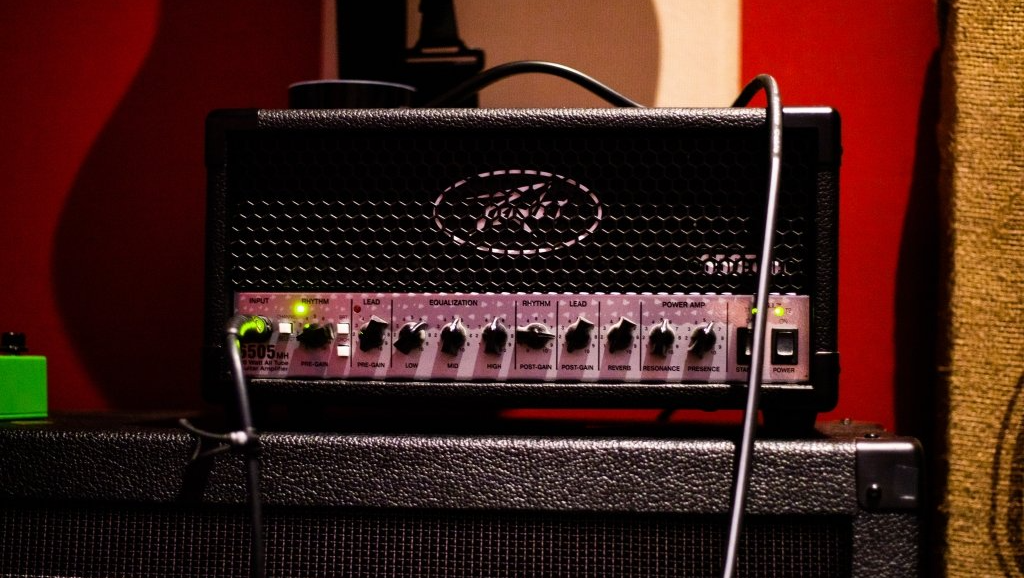MIXING
READY YOUR PROJECT FOR MIXING
BEFORE HAND
So your band has previously recorded in another studio and you now want to get a professional mix on your project. We would first recommend reading over our tips on recording by clicking here. Hopefully these tips were done prior to your recordings.
TRACK PREPARATION
Tracks should be recorded in a least 24 bits at 44.100Khz to maximize the sound quality. Tracks should always be sent to us in .WAV format.
Guitar and Bass should be sent with a DI signal along with your mic'd track. This is extremely helpful in the event a guitar or bass part isn't usable or needs to be re-amped.
Trigger your drums! If possible the snare, kick and toms should be sent with a trigger signal along side the mic'd track. This helps with creating noise gates for your instrument that open and closes perfectly when you strike the drum. (Having the trigger signal track doesn't mean we will replace your drum sound with a triggered sound.) However, should they need to we would be able to do so properly. Remember, the more you give us the better the results are that we can give you.
Your tracks should already be edited. If your guitarist has a moment in a song that he wasn't quite up to speed, FIX IT before sending us your tracks. Take time and pay attention to things that do not belong in your recording. Sometimes an extra slight snare hit or a delayed cymbal whack cannot be fixed or removed. Because your recording wasn't initially done with us, We may not know that something is wrong in your song.
Bounce your tracks so all of the different files start at bar 1. Having to import and properly align your files is a huge waste of time and your money, also this can sometimes lead to tracks not being aligned correctly and your song not sounding the way you want. It's okay if tracks have silence before the actual playing starts. Remove all unwanted noise or things you don't want from your tracks. If it doesn't need to be there then it shouldn't be there when you send us your tracks.
Bounce any of your virtual instruments to an audio file. There are literally thousands of VI plugins available on the market. Please do not assume that I have the same virtual instrument plugins that the studio you recorded at has.
Organize and name your tracks. Tracks should be named to easily identify what instrument and/or part of the song is being played. When sending your song, different instruments should be placed in folders.
You should always include a text file naming all of the mics used and on what instruments. Having this information can really make a difference when choosing what compressor or EQ I may use on certain track or instrument. Double check your files before you send them. Make sure the tracks your sending are the correct takes and that all of them are present. If you are sending multiple songs/projects please separate each into its own folder.
Set the tone of your project.
Let us know which song you would like me to work on first. By doing this I can "set the tone" of the entire project around the song you feel best fits you or your band! Always include a rough mix of each song (if possible) as a reference for us to go back to as we are mixing. If you have songs from other bands you would like us to use as other references please include them and label them correctly.
QUICK TIPS
TUNE, TUNE, TUNE!
This goes for everyone! You cannot expect a tom drum that is not in the correct tuning to be fixed during the mixing process. The same goes for a stringed instrument as well. Spending the extra time during the recording will make a huge difference in how clean or clear your music sounds.
Guitar and Basses should always USE THE SAME TUNER during the recording! I know, it sounds crazy but even the more "pro" tuners can be slightly off from one another. Using the same tuner means that if it's off just a few cents then all the instruments will be off those few cents and will be in tune with each other!
PICTURES
It always helps to have images of your instruments as you were recording. Mic placement or where you were placed inside of a room while playing can really help during the mixing process of your music. Amp settings, particular mics and miking techniques can be a HUGE help during the mixing phase.


